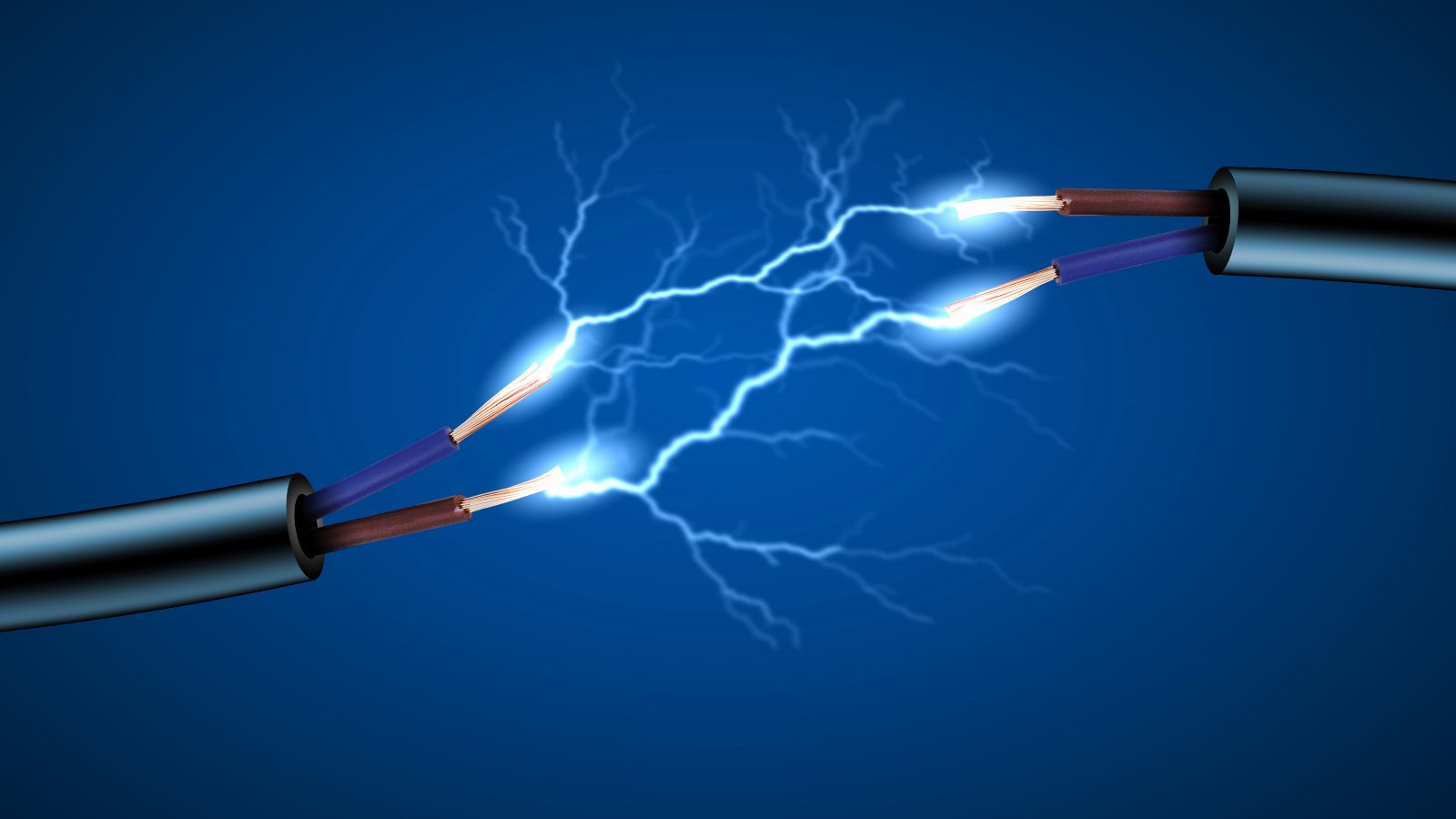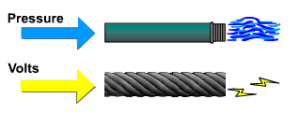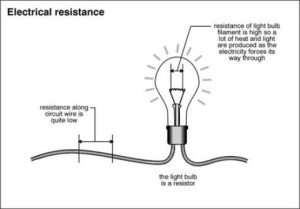
Amps, Volts, and Resistance- Oh My!
We learned the basic theory of electricity in our last blog, but here’s a recap- Atoms make up everything in the universe, and those atoms are made of electrons, neutrons, and protons. When the electrons are feeling frisky they flow from atom to atom creating the flow of electricity. But how do we measure this, and how is it applied to our everyday use?
The three most basic units in electricity are voltage (V measured in volts), current (I measured in amps), and resistance (r measured in ohms). Voltage is the electric force that causes the free electrons to move from one atom to another. Think of voltage as the pressure needed to push the electrons through the conductor.
As explained before, current is electricity in motion. It measures the amount of electrons that can flow through a material like a conductor.
Resistance is the opposition of passage of an electric current through a conductor. Every material has an electrical resistance and it is the reason that the conductor gives out heat when the current passes through it. For example, in a standard lightbulb, over 90% of the energy is generated as heat.
Voltage, resistance, and current form the basis of Ohm’s Law (I=V/R), which in a linear circuit states that if we increase the voltage, the current goes up and if we increase the resistance, the current goes down. I know this sounds really complicated, but we have an analogy that will really hit it home coming soon!
Both voltage and the current in the bulb determine how much energy is released in a certain time. The Watt (W) is a measure of power or how much energy is released per second. Imagine we have a light bulb and don’t know the wattage. However, we do have an ammeter sitting around and can tell that the amperage of the light bulb when it is turned on is 0.625. The formula is W = V *A. So we multiply 120(US standard voltage) by 0.625 and discover we have a 75 watt light bulb.
This basic understanding of concepts and formulas is what Creative Outdoor Lighting uses to create beautiful and safe lighting for your home. As always, if you have any questions just give us a call!
Here’s a definition recap:
Electricity: a fundamental form of energy observable in positive and negative forms that occurs naturally (as in lightning) or is produced (as in a generator) and that is expressed in terms of the movement and interaction of electrons
Electric Current: the time rate of flow of electric charge, in the direction that a positive moving charge would take and having magnitude equal to the quantity of charge per unit time: measure in amperes.
Voltage: an electromotive force or potential difference expressed in volts.
Amperage: the strength of an electric current in amperes.
Resistance: a material’s opposition to the flow of electric current; measured in ohms.
Wattage: the amount of power required to operate an electrical appliance or device.
Formulas:
Watts= Volt x Amps
Amps= Watts/Volts
Volts= Watts/Amps
Resistance= Volts/Amps






Sorry, the comment form is closed at this time.